SOURCE: AFI

In a significant development that underscores India’s growing prowess in high-tech manufacturing, Google is poised to export drones made in Tamil Nadu to various countries, including the United States and Australia. This move marks a notable milestone for India’s burgeoning tech industry and highlights the increasing global demand for Indian-manufactured technology products.
The potential export of drones by Google from its Indian manufacturing hub aligns perfectly with the Indian government’s ‘Make in India’ initiative. Launched in 2014, this initiative aims to transform India into a global manufacturing powerhouse by encouraging both multinational and domestic companies to produce their goods within the country. Google’s decision to manufacture drones in Tamil Nadu for export purposes is a testament to the success of this initiative and India’s growing importance in the global supply chain.
Continue readingSOURCE: RAUNAK KUNDE / NEWS BEAT / IDRW.ORG
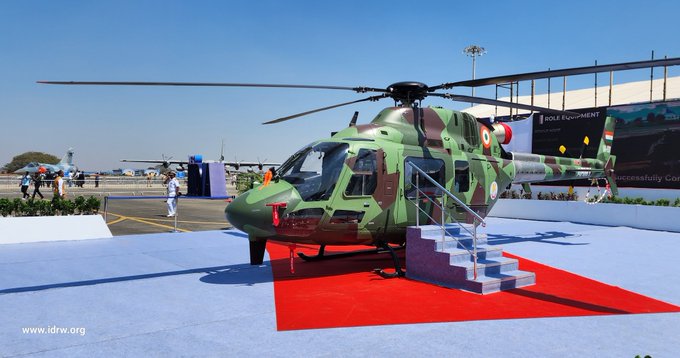
The Indian Army and Air Force’s plans to acquire the indigenously developed Light Utility Helicopter (LUH) from Hindustan Aeronautics Limited (HAL) are facing a setback. Order placements are likely to be delayed by 18-24 months due to a confluence of factors.
The initial batch of six Limited Series Production (LSP) LUHs, crucial for user trials and feedback, is expected to be delivered between December 2024 and June 2025. This timeline is a consequence of a disagreement over the Automatic Flight Control System (AFCS). The Army reportedly requested the AFCS, which HAL maintains wasn’t part of the initial specifications. This necessitates additional testing and certification, pushing back delivery dates.
Continue readingSOURCE: RAUNAK KUNDE / NEWS BEAT / IDRW.ORG
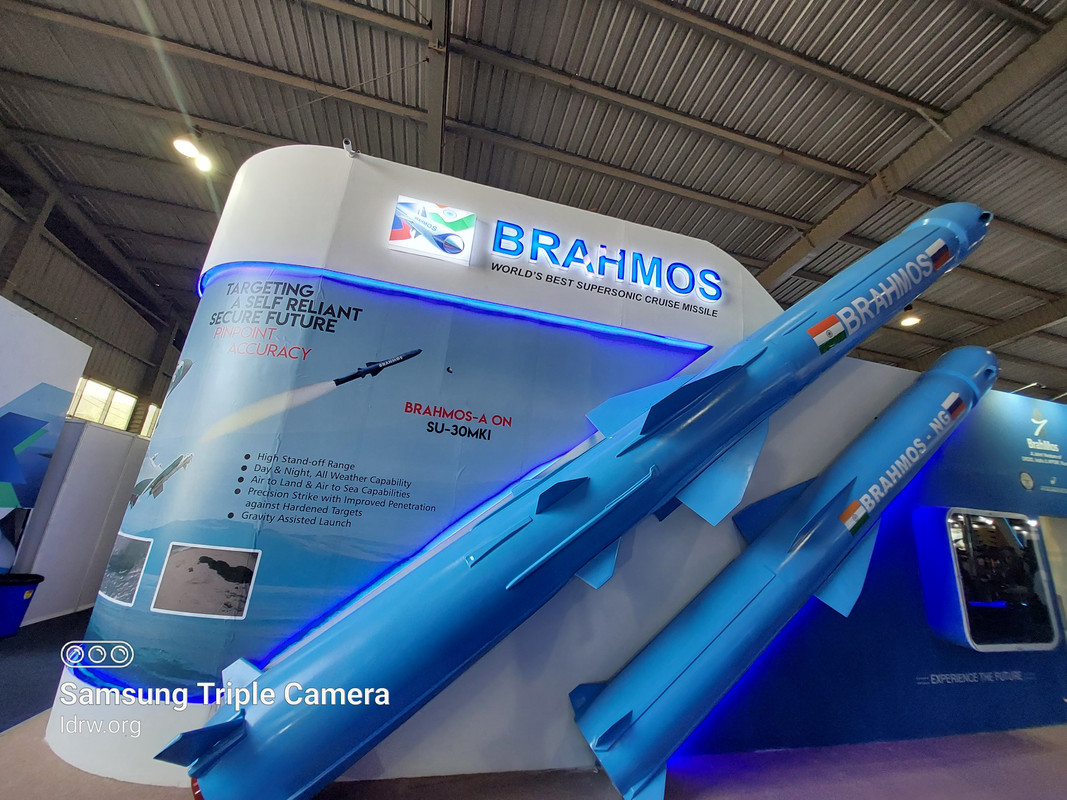
For two decades, the BrahMos missile system reigned supreme as the world’s only operational supersonic anti-ship missile. This dominance in a market largely saturated with subsonic options gave BrahMos a significant edge. However, the tide seems to be turning, with several countries entering the supersonic anti-ship missile race, threatening to dethrone BrahMos if it fails to adapt.
The landscape of the anti-ship missile market is undergoing a significant shift. Several countries are now developing their supersonic contenders, threatening to erode BrahMos’ market edge.
Continue readingSOURCE: RAUNAK KUNDE / NEWS BEAT / IDRW.ORG

The Defence Research and Development Organisation (DRDO) has been asked to develop a new weapon system to bolster the Indian Navy’s defences: the Very Short-Range Air Defence System (VSHORADS) primarily developed for the Indian Army will also be designed to function primarily as a point-defence weapon, similar to the Raytheon-developed Rolling Airframe Missile (RAM) used on US Navy warships for Indian Warships.
The Indian Navy faces a growing threat from loitering munitions and low-cost, sub-sonic cruise missiles. These agile and often inexpensive weapons can potentially cripple or destroy warships. VSHORADS is specifically designed to address this vulnerability.
Continue readingSOURCE: AFI
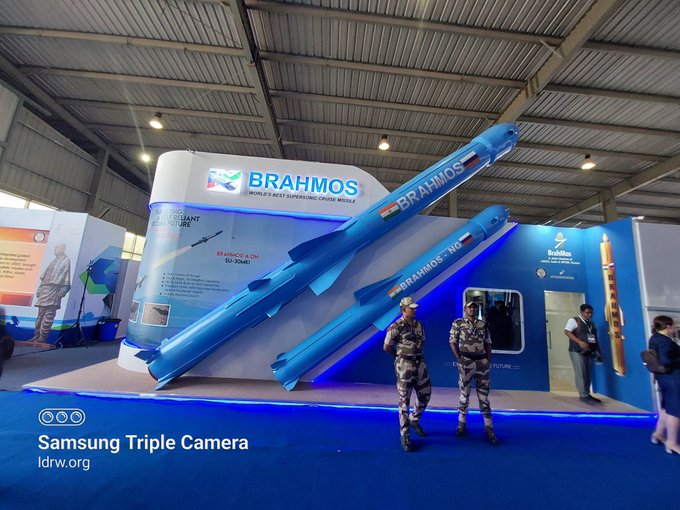
During the UPA government, the BrahMos corporation, led by Dr. Apathukatha Sivathanu Pillai, faced some bureaucratic hurdles regarding exports. Leaked Papers send to Mr Pillai by MoD, MEA, Foreign Secretary showcased how UPA was warry of Exporting of the BrahMos missiles to Philippines and Indonesia just not to offend China.
The Ministry of External Affairs (MEA) raised concerns about a BrahMos team planning a visit to the Philippines without obtaining political clearance. The team was instructed to postpone their trip until clearance was granted and to consult with the MEA beforehand.
Continue readingSOURCE: AFI
Tensions simmer in Nagaland as the National Socialist Council of Nagaland-Isak-Muivah (NSCN-IM) accuses Indian security forces of collaborating with Kuki rebel groups. This allegation comes amid ongoing violence between the Meitei and Kuki-Zo communities in neighboring Manipur.
The NSCN-IM, a prominent Naga armed group engaged in peace talks with the Indian government, has vehemently denied any involvement in the Manipur conflict. However, they have accused the Assam Rifles (AR) and the Para Regiment, both belonging to the Indian security apparatus, of siding with Kuki rebel groups.
Continue readingSOURCE: AFI

In a revelation shedding light on past perceptions of India’s nuclear program, Anil Kakodkar, former chairman of the Atomic Energy Commission (AEC), shared an interesting anecdote. Kakodkar disclosed that Siegfried Hecker, who served as Director of the Los Alamos National Laboratory in the US, believed India wouldn’t relinquish its nuclear weapons program.
Kakodkar’s statement came during a discussion in Mumbai. He revealed that Hecker, a key figure in the US nuclear weapons establishment, had testified before the US Senate in 2008. During this testimony, Hecker reportedly expressed his conviction that the sanctions imposed on India following the Pokhran-2 nuclear tests in 1998 would not deter India from continuing its nuclear weapons development.
Continue readingSOURCE: AFI
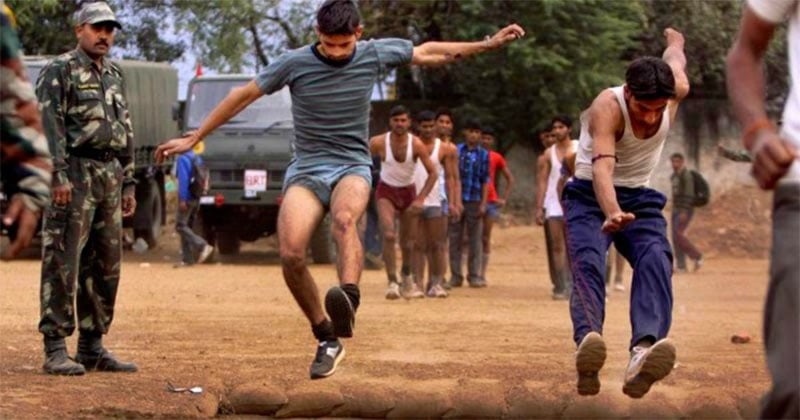
The Indian Army is grappling with a potential manpower crisis as the number of new recruits entering service, or inductions, continues to decline, according to sources within the Department of Military Affairs (DMA). This shortfall is raising concerns about the Army’s ability to maintain its operational strength, particularly along the sensitive borders.
The report highlights the Army’s worry that its current induction rate will leave it significantly below its required troop levels by the end of this decade. This poses a significant challenge considering the need for a robust military presence in areas like Eastern Ladakh, where India shares a disputed border with China.
Continue readingSOURCE: IDRW.ORG.

The Indian Air Force’s (IAF) Multi-Role Fighter Aircraft (MRFA) program, aimed at acquiring 114 new fighter jets, appears to be facing delays. While the last major update came from Air Chief Marshal VR Chaudhari in October 2023, significant progress seems to be lacking.
The Indian Air Force’s (IAF) Multi-Role Fighter Aircraft (MRFA) program, aimed at acquiring 114 new fighter jets, appears to be facing delays. While the last major update came from Air Chief Marshal VR Chaudhari in October 2023, significant progress seems to be lacking.
Continue readingSOURCE: IDRW.ORG.

Two former Indian Air Force (IAF) fighter pilots have taken their passion for aviation to new heights with the creation of Axial Aero, a Telangana-based startup. Their revolutionary product – the AXIAL AERO 6 DOF-360° FLIGHT SIMULATOR – is poised to transform pilot training for the military and beyond.
The Axial Aero simulator surpasses existing technology with its advanced mechanical design and motion-cueing algorithms. Unlike traditional Stewart platforms, it offers a full 360° range of motion on all three axes (X, Y, and Z), replicating the G-forces experienced by pilots during real flight. Additionally, the simulator utilizes advanced actuators built into the seat to achieve realistic translational movement, creating an unparalleled immersive experience.
Continue readingSOURCE: AFI
The Balakot airstrike, a significant operation carried out by the Indian Air Force (IAF) in February 2019, marked a pivotal moment in India’s defense strategy. The strike not only demonstrated India’s resolve against cross-border terrorism but also highlighted critical gaps in its electronic warfare (EW) capabilities. Following the operation, a comprehensive reassessment and enhancement of these capabilities became a strategic imperative for the Indian Armed Forces.
On February 26, 2019, in response to the Pulwama terror attack, the IAF conducted a pre-dawn airstrike on a Jaish-e-Mohammed (JeM) training camp in Balakot, Pakistan. This operation was a bold demonstration of India’s ability to execute precise and strategic military actions beyond its borders. However, the subsequent aerial engagements with the Pakistan Air Force (PAF) revealed significant vulnerabilities in India’s EW systems.
Continue readingSOURCE: AFI

The Asia-Pacific region, particularly the South Asian subcontinent, has become a focal point of geopolitical tensions and military advancements. Recent developments indicate a growing arms race between India and Pakistan, primarily driven by China’s active support for Pakistan’s defense capabilities. This burgeoning rivalry, centered around stealth fighter technology, could significantly impact regional stability and global security dynamics.
China’s relationship with Pakistan has been characterized by deep strategic and military cooperation. This partnership, often described as “all-weather,” has seen China providing Pakistan with advanced military technology, including fighter jets, drones, and missile systems. The latest phase of this cooperation involves China’s assistance in helping Pakistan develop its own fifth-generation stealth fighter, the JF-20.
Continue readingSOURCE: AFI
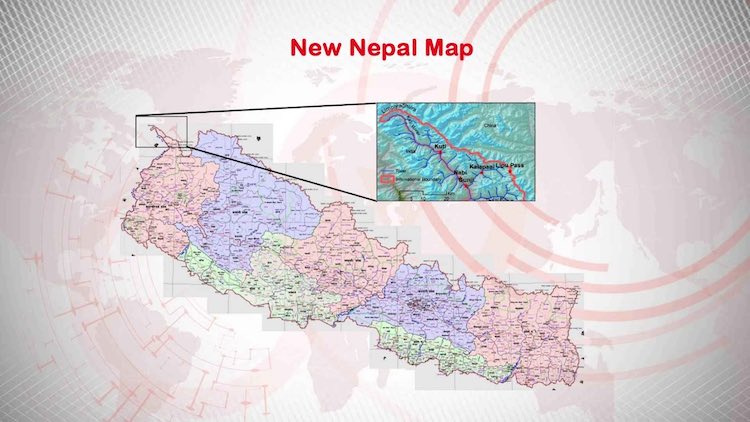
In recent geopolitical developments, Nepal has released a new political map that has stirred significant controversy and debate. The map, which incorporates territories long-disputed with India, marks a significant shift in Nepal’s cartographic representations and has drawn criticism and concern from its southern neighbor. This move is unprecedented, as the areas claimed by Nepal have not been depicted in its maps for over 170 years, according to a new book.
The roots of this territorial dispute trace back to the early 19th century. The Sugauli Treaty of 1815-16, signed between the British East India Company and the Kingdom of Nepal, delineated the boundary lines that have been the source of contention. The treaty, which followed the Anglo-Nepalese War, effectively reduced Nepal’s territory and established the Mahakali River as the western boundary. However, differing interpretations of the river’s source have led to ongoing disputes.
Continue readingSOURCE: AFI

A recent visit by Indian Naval Ships Delhi, Shakti, and Kiltan to Manila, Philippines, underscored the strong relationship between the two nations. The visit, part of the Indian Navy’s Eastern Fleet deployment to the South China Sea, aimed to further deepen the India-Philippines partnership.
The port call in Manila facilitated several key interactions. Indian Navy personnel engaged in Subject Matter Expert Exchanges (SMEE) with their Philippine counterparts, fostering knowledge sharing and collaboration. Additionally, sports fixtures, cultural exchanges, and community outreach programs strengthened bonds between the two navies and local communities.
Continue readingSOURCE: AFI

India’s future fighter pilots are getting a firsthand look at the nation’s burgeoning domestic aviation industry. Student officers at the prestigious Indian Air Force Test Pilots School (IAFTPS) recently embarked on familiarization visits to leading Indian aerospace companies.
These visits provided the student pilots with invaluable exposure to the cutting-edge research and development (R&D) taking place right here in India. Companies like Newspace Research & Technologies and E-plane Company opened their doors, showcasing their innovative creations such as hybrid UAVs (Unmanned Aerial Vehicles) and next-generation flight-testing methodologies.
Continue reading